SAE AIR 825/13-2003 飛機(jī)氧氣系統(tǒng)中燃燒危險(xiǎn)評(píng)估指南
作者:百檢網(wǎng) 時(shí)間:2021-07-14
中文標(biāo)準(zhǔn)名稱:飛機(jī)氧氣系統(tǒng)中燃燒危險(xiǎn)評(píng)估指南
英文標(biāo)準(zhǔn)名稱:Guide for Evaluating Combustion Hazards in Aircraft Oxygen Systems
標(biāo)準(zhǔn)類型:V44
發(fā)布日期:2003/1/1 12:00:00
實(shí)施日期:1999/12/31 12:00:00
中國標(biāo)準(zhǔn)分類號(hào):V44
國際標(biāo)準(zhǔn)分類號(hào):49.095
引用標(biāo)準(zhǔn):ASTM D 2863-2000;ASTM G 63-1999;ASTM G 88-1990;ASTM G 93-1996;ASTM G 93-2003;ASTM G 94-1992;ASTM G 128-1995;ASTM G 128-2002;SAE AIR 1169;SAE AIR 4071-1997;SAE ARP 1176-1999
適用范圍:This guide is intended to promote safe designs, operations and maintenance on aircraft and ground support oxygen systems. This is also a summary of some work by the ASTM G 4 Committee related to oxygen fire investigations and design concerns to reduce the risk of an oxygen fire. There have been many recent technological advances and additional test data is available for evaluating and controlling combustion hazards in oxygen equipment. Standards that use this new information are rapidly evolving. A guide is needed to assist organizations and persons not completely familiar with this process to provide oxygen systems with minimum risks of combustion. This guide does not necessarily address all the detailed issues and provide all data that will be needed. For a complete analysis, supplemental publications need to be consulted. This guide does discuss the basics of oxygen systems fire hazards. The hazard analysis process is discussed and a simple example to explain this process. Also, this guide does not address the overall system safety issues normally evaluated in aircraft programs. This guide does provide some important background and observations about combustion in oxygen systems. Information is given describing how to accomplish a hazard analysis. Furthermore, background is provided to explain critical locations in oxygen systems that need to be evaluated and other locations that do not require hazard analysis. It is important to note that any effort that requires a comprehensive and effective hazard analysis should use the complete information in the documents referenced herein. In general, the need for a hazard analysis applies primarily to gaseous oxygen equipment at 50 psi and higher pressures. LOX equipment does have hazards concerns as well and is usually treated similarly to GOX equipment at 500 psi. It should be noted that there are other phenomena associated with LOX equipment that must be considered. An example is that LOX can combine with hydrocarbons to form a gel, which explodes under impact. On the other hand, since LOX is a very cold liquid it tends to quench most possible ignition sources that could cause promoted ignition. When examining oxygen equipment at lower pressures the primary concern is the increased ignition and fire concern with combustible non-metals.
相關(guān)標(biāo)準(zhǔn)
《GB4482-2006(5.5)》水處理劑聚氯化鐵
《GB4482-2006(5.1)》水處理劑聚氯化鐵
《GB4482-2006(5.9)》水處理劑聚氯化鐵
《GB4482-2006(5.4)》水處理劑聚氯化鐵
《GB4482-2006(5.7)》水處理劑聚氯化鐵
《GB4482-2006(5.8)》水處理劑聚氯化鐵
《GB4482-2006(5.6)》水處理劑聚氯化鐵
《GB4482-2006(5.3)》水處理劑聚氯化鐵
《HG2926-19894.6》食品添加劑 正丁醇
百檢能給您帶來哪些改變?
1、檢測行業(yè)全覆蓋,滿足不同的檢測;
2、實(shí)驗(yàn)室全覆蓋,就近分配本地化檢測;
3、工程師一對(duì)一服務(wù),讓檢測更精準(zhǔn);
4、免費(fèi)初檢,初檢不收取檢測費(fèi)用;
5、自助下單 快遞免費(fèi)上門取樣;
6、周期短,費(fèi)用低,服務(wù)周到;
7、擁有CMA、CNAS、CAL等權(quán)威資質(zhì);
8、檢測報(bào)告權(quán)威有效、中國通用;
客戶案例展示
相關(guān)商品
相關(guān)資訊

最新資訊
版權(quán)與免責(zé)聲明
①本網(wǎng)注名來源于“互聯(lián)網(wǎng)”的所有作品,版權(quán)歸原作者或者來源機(jī)構(gòu)所有,如果有涉及作品內(nèi)容、版權(quán)等問題,請?jiān)谧髌钒l(fā)表之日起一個(gè)月內(nèi)與本網(wǎng)聯(lián)系,聯(lián)系郵箱service@baijiantest.com,否則視為默認(rèn)百檢網(wǎng)有權(quán)進(jìn)行轉(zhuǎn)載。
②本網(wǎng)注名來源于“百檢網(wǎng)”的所有作品,版權(quán)歸百檢網(wǎng)所有,未經(jīng)本網(wǎng)授權(quán)不得轉(zhuǎn)載、摘編或利用其它方式使用。想要轉(zhuǎn)載本網(wǎng)作品,請聯(lián)系:service@baijiantest.com。已獲本網(wǎng)授權(quán)的作品,應(yīng)在授權(quán)范圍內(nèi)使用,并注明"來源:百檢網(wǎng)"。違者本網(wǎng)將追究相關(guān)法律責(zé)任。
③本網(wǎng)所載作品僅代表作者獨(dú)立觀點(diǎn),不代表百檢立場,用戶需作出獨(dú)立判斷,如有異議或投訴,請聯(lián)系service@baijiantest.com



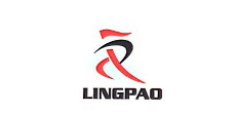
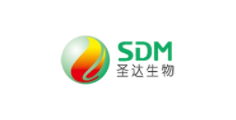
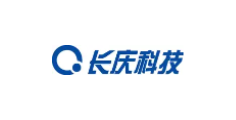
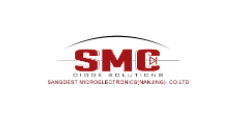
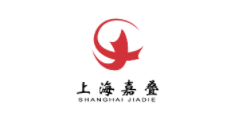

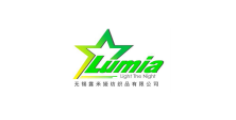
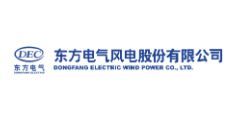

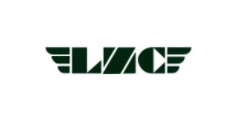
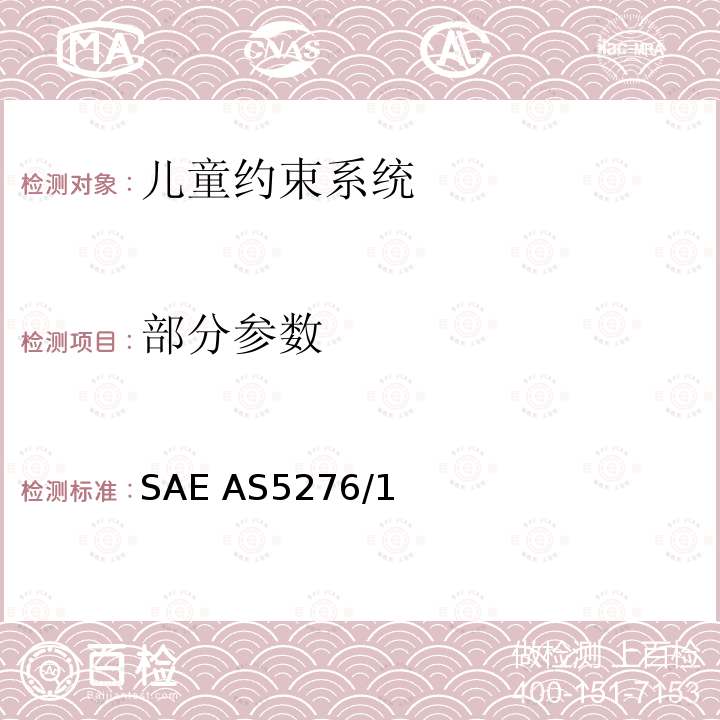
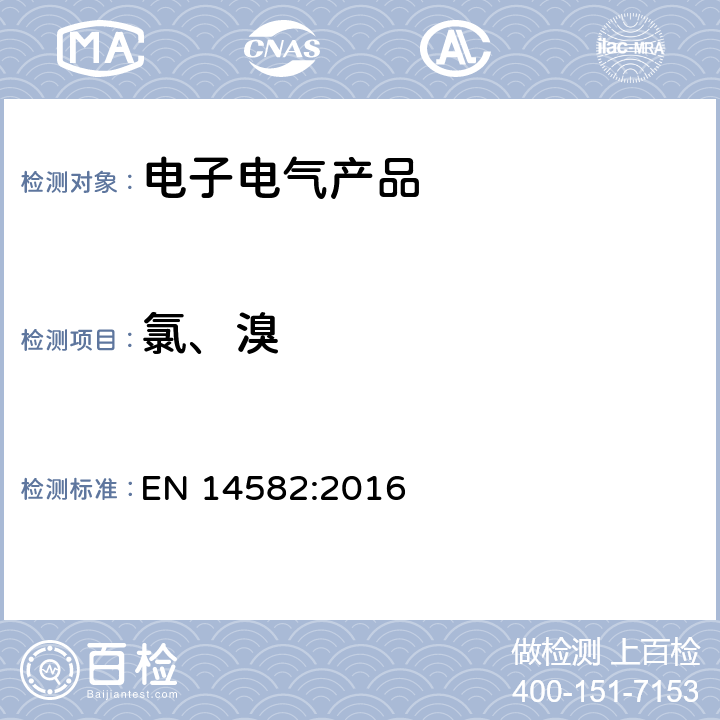
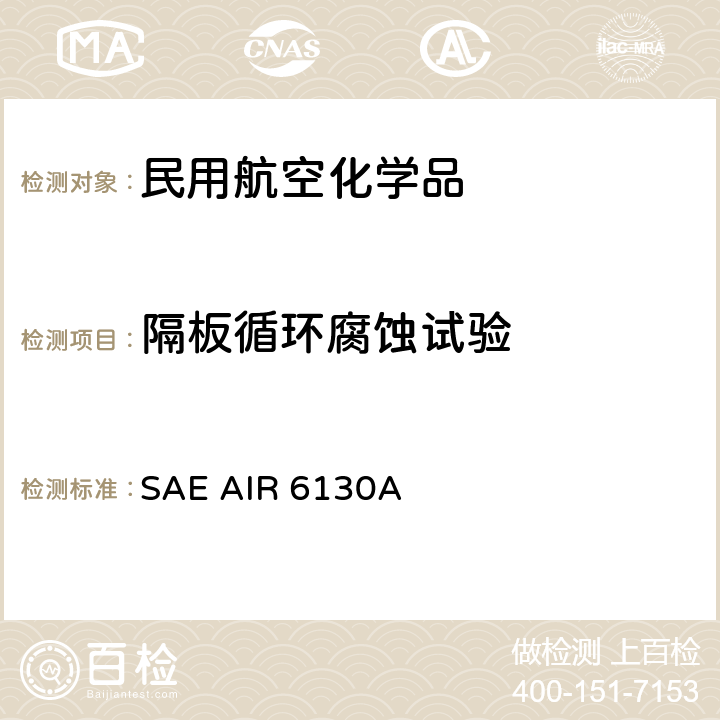
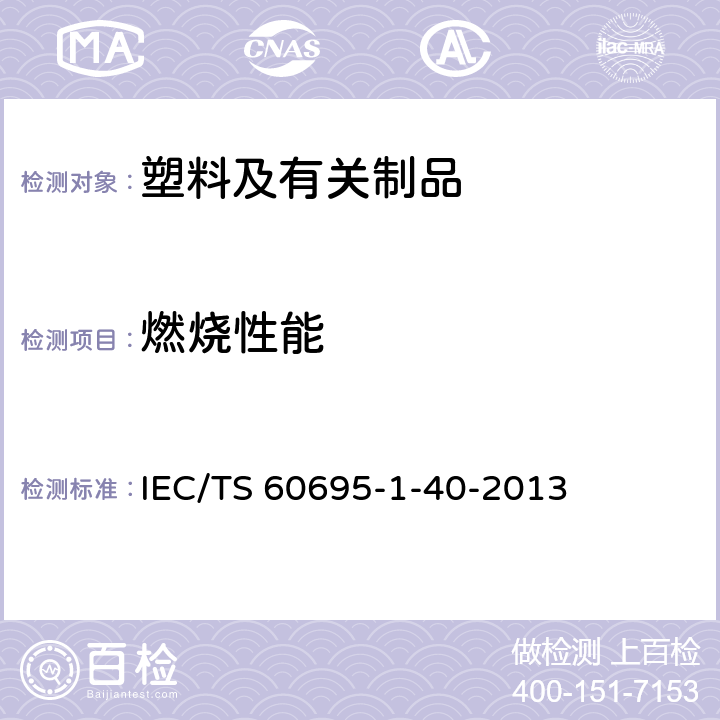
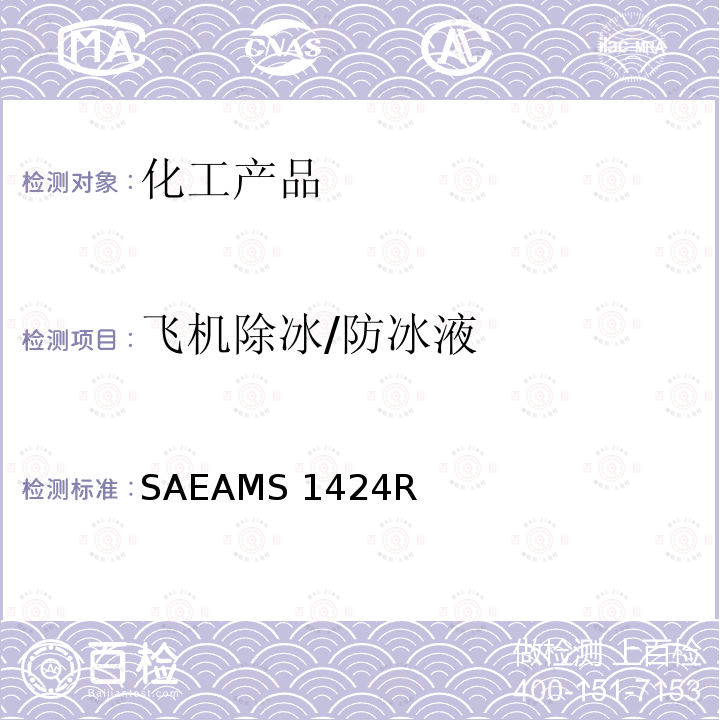
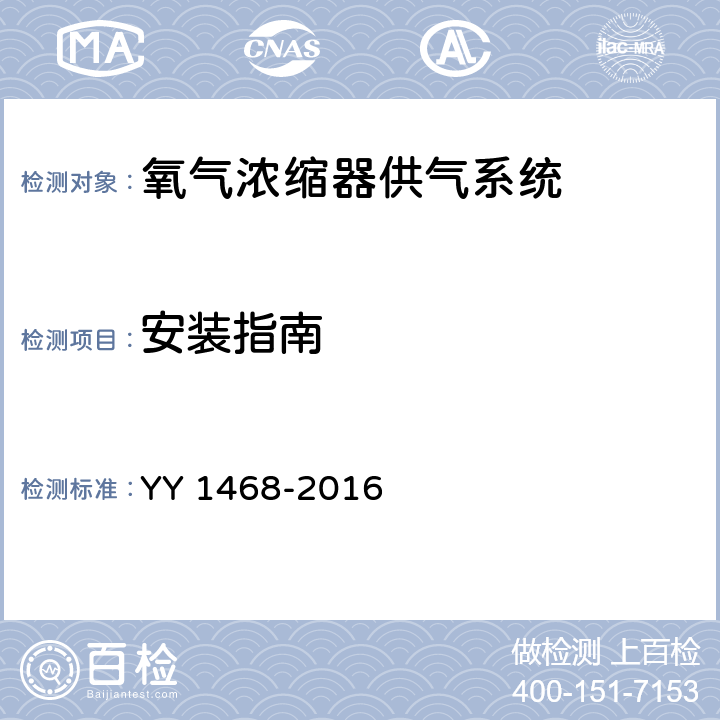

.png)
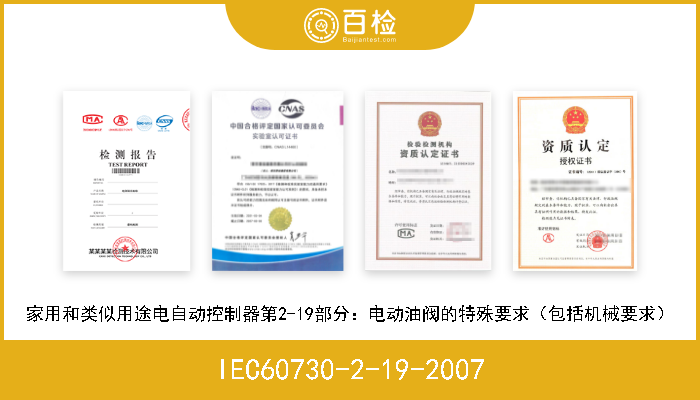
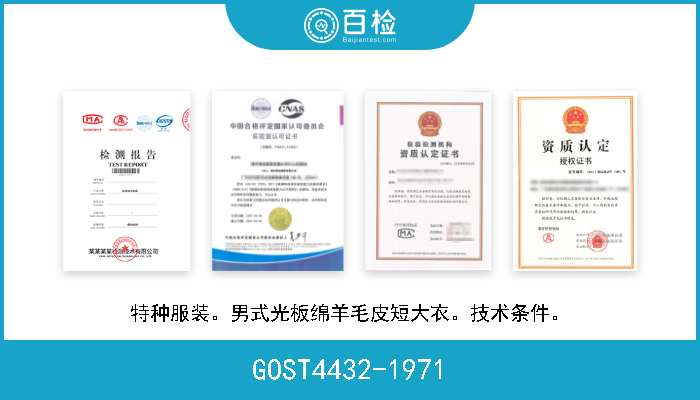
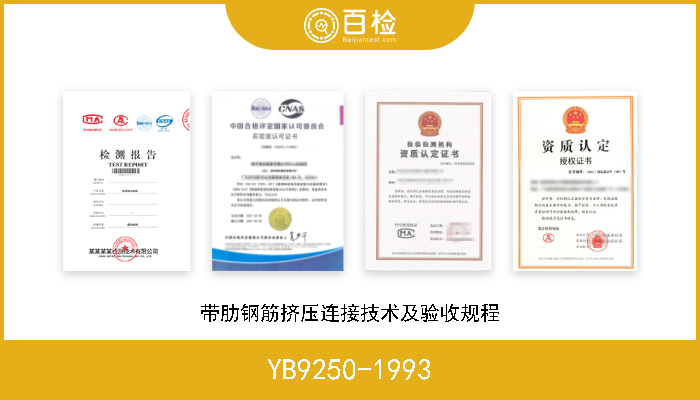

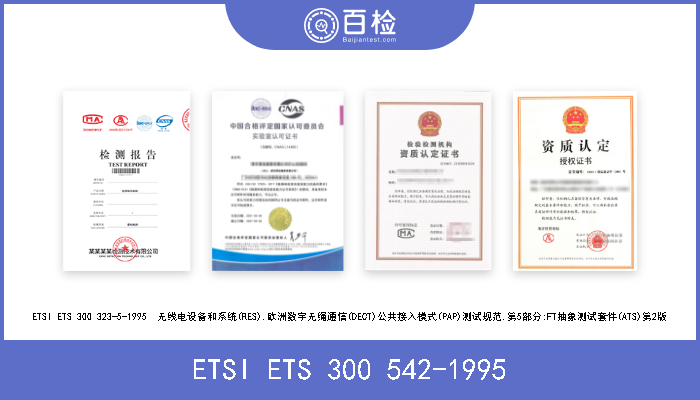
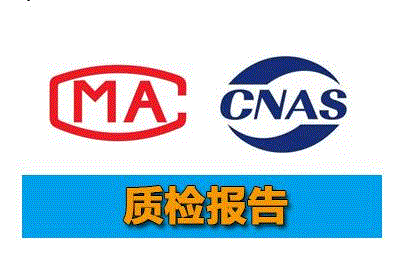
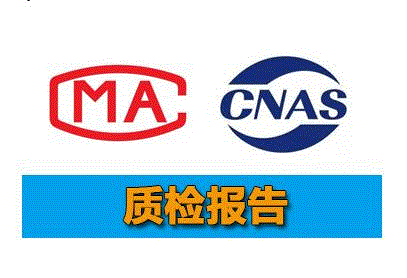
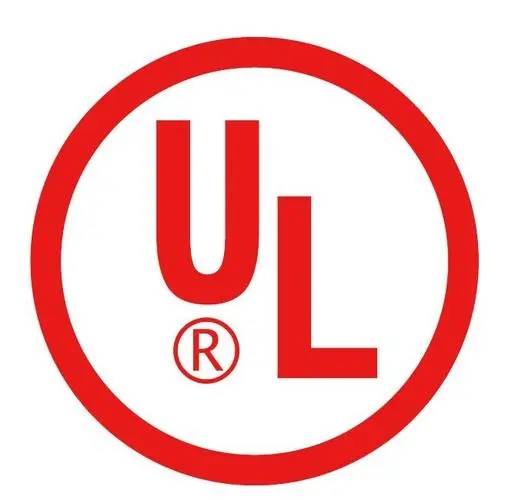



 400-101-7153
400-101-7153 15201733840
15201733840

